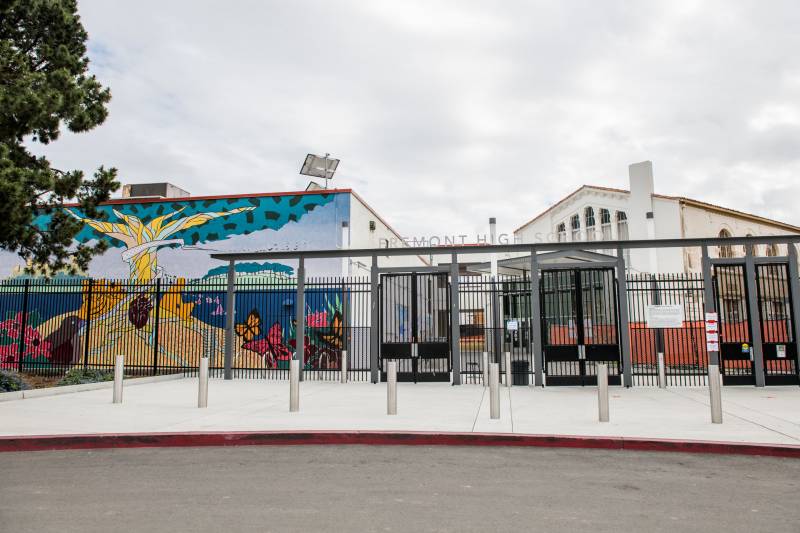Around 1.2 million California students lack adequate access to the internet right now, despite the fact that public schools have moved classes online. That’s created a tough scenario for teachers who have a harder time keeping tabs on students, and some educators are worried about what this means to education inequities that existed long before COVID-19.
Guest: Julia McEvoy, senior editor for KQED’s education and equity desk
The Bay won a Regional Edward R. Murrow Award for Excellence in Innovation! Listen to our episode, “The Tiny Radio Station Relaying Critical Kincade Fire Information in Indigenous Languages.” Congratulations to KQED for winning six regional Murrow awards this year!
We’re hosting a live (virtual) taping of The Bay on Wednesday, May 13 at 5:30 pm. RSVP for free here.
